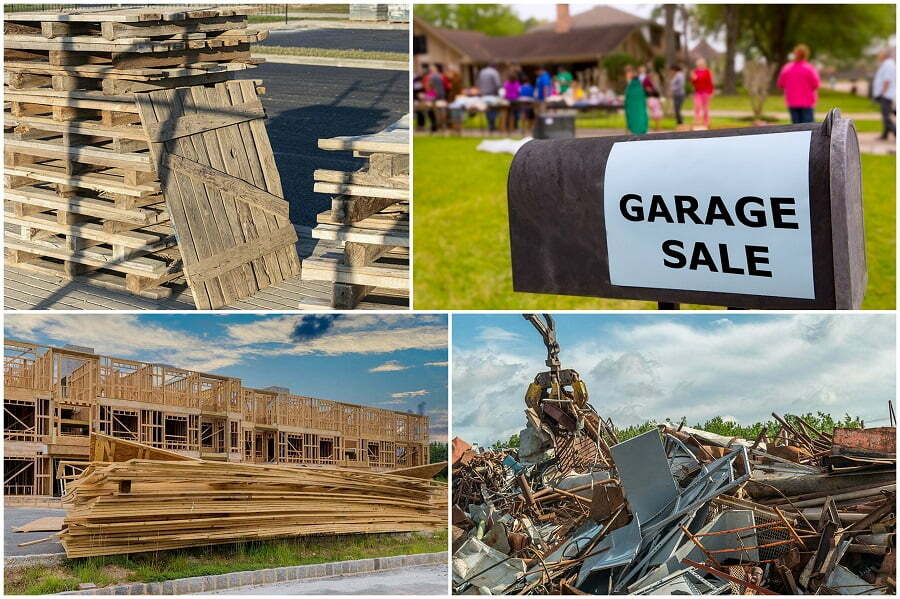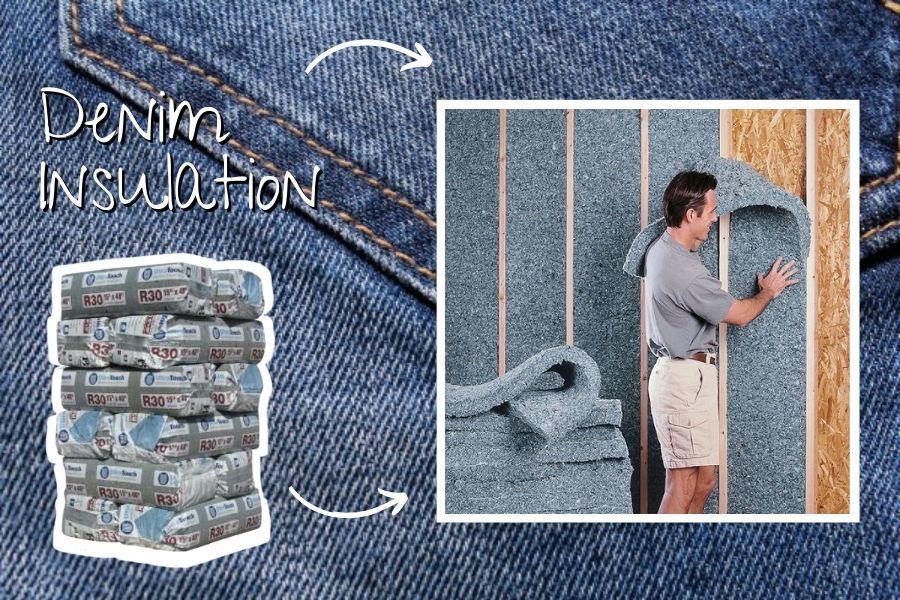Last updated on
Understanding how to recycle LEGO bricks not only helps to sustain our environment, but it also provides creative new uses for these beloved children’s toys – something we are about to help you explore in depth.
Key takeaways:
- LEGO bricks are made of non-biodegradable thermoplastic, making them difficult to recycle.
- LEGO Replay program allows fans to donate unused bricks for redistribution to children’s nonprofits.
- LEGO aims to transition to environmentally friendly materials by 2030.
- Individuals can contribute to LEGO recycling by participating in Replay, passing down sets, repurposing bricks, joining trading communities, and purchasing pre-owned sets.
- Most recycling centers do not accept LEGO due to their composition but LEGO is working on enhancing recyclability.
The Challenge of LEGO Recycling
Recycling LEGO bricks presents a unique set of difficulties not faced with regular plastic waste. Unlike single-use plastics typically dealt with in recycling facilities, LEGO bricks are made of Acrylonitrile Butadiene Styrene (ABS), a tough and non-biodegradable thermoplastic. This durability, while excellent for enduring playtime, complicates recycling due to the different melting point and chemical composition compared to other plastics.
Moreover, the small size and varied shapes of LEGO bricks pose a challenge in sorting, which is often automated in larger-scale recycling operations.
LEGO bricks also often contain metal components, such as those in LEGO Technic sets, and decals or stickers that require additional steps to separate before the recycling process can begin. Additionally, the residual adhesive from stickers can contaminate the recycling batch, making it less pure and therefore less valuable.
Given these complexities, standard municipal recycling systems rarely accept LEGO bricks, necessitating specialized processes. This situation emphasizes the importance of LEGO’s own initiatives and the role of consumers in ensuring responsible disposal of these cherished toys.
The Environmental Impact of ABS Plastic
Acrylonitrile Butadiene Styrene, or ABS, is the primary material in LEGO bricks, praised for its durability and resilience.
However, this strength comes with a significant environmental price.
As a petroleum-based plastic, ABS contributes to the depletion of non-renewable resources and is not biodegradable, meaning once in landfills, LEGO bricks can persist for centuries, potentially leeching chemicals into the soil and water.
The manufacturing process of ABS also releases greenhouse gases, contributing to climate change.
Additionally, the energy-intensive nature of producing and molding ABS under high temperatures magnifies the plastic’s carbon footprint.
These factors underscore the importance of seeking sustainable disposal methods and alternatives to raw ABS usage in LEGO production.
LEGO Replay Program: How It Works and Its Benefits
Taking a proactive stance in promoting circularity in play, the LEGO Replay initiative establishes a straightforward means for fans to extend the life of their unused bricks. Participants simply gather their loose LEGO pieces, place them into a box, and visit the Replay website to print out a free shipping label. From here, LEGO ensures the pre-loved bricks are sorted and thoroughly cleaned.
The donated pieces then embark on a new journey toward children’s nonprofits, where they become valuable resources for play and learning. This initiative not only ensures the joy of LEGO building is passed to new generations but also plays an essential role in reducing waste. By keeping bricks in circulation, Replay effectively offsets the need for new plastic production and the environmental impact that accompanies it.
Moreover, the program fosters a philanthropic spirit, encourages sharing, and instills environmental responsibility in young minds. It is a testament to how one company’s commitment to sustainability can resonate through communities, creating a ripple effect of positive change.
LEGO’s Commitment to Sustainable Material Use By 2030
LEGO has taken a bold step towards sustainability, setting an ambitious goal for the next few years. By 2030, the company aims to transition all its core products and packaging to environmentally friendly materials. This transformative journey involves:
- Research and Development: LEGO is investing significantly in R&D to identify and develop sustainable alternatives to the current acrylonitrile butadiene styrene (ABS) plastic.
- Material Innovation: The company is exploring bio-polymers and other recycled materials that maintain the quality and durability LEGO bricks are known for.
- Partnerships: Collaborating with suppliers, waste handlers, and environmental experts, LEGO continues to find new paths for circular economy practices.
- Eco-friendly Packaging: By 2025, LEGO aims to phase out single-use plastic bags, replacing them with paper ones sourced from sustainable forests.
- Consumer Engagement: Educating consumers about sustainability and their role in responsible play is another key aspect of LEGO’s strategy.
With these efforts, LEGO not only aims to reduce its carbon footprint but also inspires a generational shift towards embracing sustainability in everyday life.
How Individuals Can Contribute to LEGO Recycling
Participating in the LEGO Group’s Replay program marks a simple starting point; send your used bricks to the company for them to do the heavy lifting in terms of sorting and distributing to children’s non-profits.
Opting to pass down or donate your collection to family, friends, or local charities directly extends the life cycle of the bricks, promoting a personal touch in LEGO recycling.
Crafting DIY projects by repurposing LEGO pieces into household items, such as building a photo frame or a key holder, not only recycles but also unleashes creativity.
Joining online LEGO trading communities can give your old sets new life with other enthusiasts while keeping them out of landfills.
Considering the purchase of pre-owned LEGO sets from second-hand stores or online marketplaces reduces demand for new production and supports the idea of a circular economy around these plastic treasures.
FAQ
How do I get rid of old Legos?
To responsibly dispose of old Legos, simply visit LEGO.com/replay, generate a shipping label, package your bricks, and drop them off at the nearest UPS location, from where they’ll be sorted, cleaned, and ultimately donated to First Book.
Can you recycle LEGO?
While it’s technically possible to recycle LEGO®, most recycling centres do not currently accept them due to their ABS (acrylonitrile butadiene styrene) composition, but LEGO® is actively seeking more sustainable materials to enhance recyclability.
Does LEGO buy back?
Yes, LEGO offers a buyback program where customers can sell or trade their LEGO items during business hours for an immediate offer.
How does LEGO’s brick recycling program work?
LEGO’s brick recycling program works by encouraging customers to donate their unwanted LEGO bricks, which the company then cleans, sorts, and redistribloses to children in need through non-profit organizations.
What’s the environmental impact of LEGO production?
The environmental impact of LEGO production is significant due to the massive amounts of plastic and energy used in its manufacturing process, contributing notably to carbon emissions and landfill waste.
Are there any creative ways to reuse old LEGO bricks at home?
Old LEGO bricks can be creatively repurposed into home decor, jewelry, key chains, wall displays, toys, or desktop organizers.
Related reading:
Table of Contents



